While the happiness that comes from patting a gentle dog or cuddling up with a cosy cat is unquestionable, pet therapy goes beyond simple companionship. As this story shows, pets trained for therapy leave a lasting positive impact on many they visit.

The founder of Fuzz Design, Sarina Veliz is a photographer, editor and proud animal lover who expertly captures the bonds between pets and their people. Based on her hobby farm in South Australia, Sarina uses a combination of private paddocks and studio space to help families create unforgettable images they can cherish forever.
Our journey into pet therapy
Volunteering for pet therapy began with my dog, Flexi, who has always had a knack for bringing happiness to people. Inspired by his natural talent for lighting up a room and garnering smiles everywhere he went, I enrolled us in a local training program for fortnightly sessions.
The training wasn’t only about ensuring Flexi could be obedient and comfortable in different environments – I also had to learn to be a responsible handler. This meant I had to be able to ensure his safety while also navigating hospital environments. There were lifts to contend with, noisy hallways, different types of surfaces, and there were strict vet checks.

Not all dogs are suited for therapy work, and every stage of the process ensured that only those with the right temperament and physical capability could participate.
Fortunately for us, Flexi passed with flying colours – and so began our journey as pet therapy volunteers.
Pet therapy offers more than ‘pats’
One of the first unexpected benefits I noticed when visiting people was that many didn’t necessarily want to touch or pet Flexi, they were just overjoyed to watch him.
This realisation encouraged me to create some tricks that would entertain and engage the people we met. I created a small album of puppy photos for them to flip through (a fantastic icebreaker), and Flexi and I worked on a repertoire of tricks and games. From waving on command and card games to more advanced tricks like jumping through my arms, these tricks didn’t just entertain, they encouraged cognitive engagement, laughter, and social interaction among residents and patients.

Many people who struggled with communication found joy in simply watching or participating in these interactive sessions. Therapy visits became about more than just presence, they became a shared experience of fun and learning.
Pet therapy in mental health wards
While we started out visiting nursing homes, Flexi and I later transitioned to working in children’s mental health wards. This was a space where therapy pets were in high demand, but there was a shortage of volunteers able to commit.
As Flexi matured, he developed an incredible ability to tune into the emotional needs of children. Some children just wanted to sit quietly and cuddle him, while others loved getting involved in his trick routine.

I began teaching children how to give Flexi commands, and over time, I transitioned his tricks onto physical cues so that non-verbal children could also interact with him. The simple act of making Flexi wave or perform a trick through a hand signal became an empowering and joyful moment for children who struggled to communicate in other ways.
Knowing when to step away
The most important lesson I learned in my years of volunteering for pet therapy is that the pet’s wellbeing comes first.
As much as Flexi loved his work, the sessions became physically demanding as he aged. And eventually, as arthritis made it difficult for him to keep up, I made the difficult decision to retire him from therapy work, despite his constant enthusiasm.
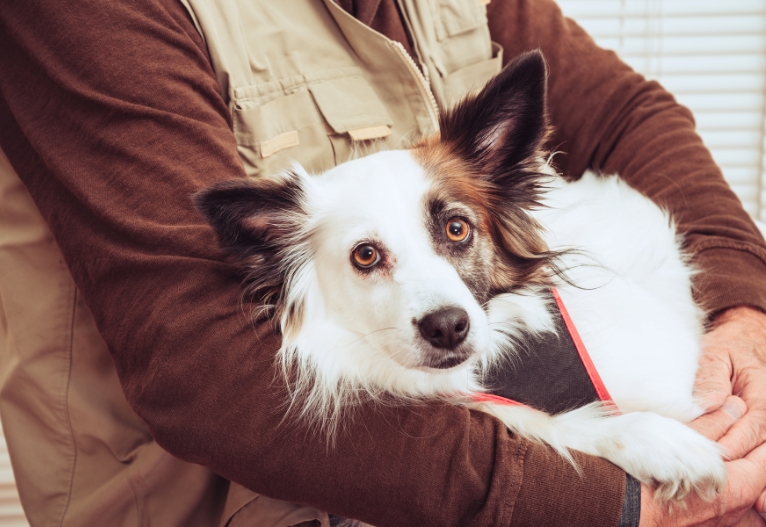
I initially planned to train his sister Flicka for the role but soon realised she didn’t fit the profile of a therapy pet. While she was gentle, she was nervous around strangers and that would inevitably make her uncomfortable in a therapy setting.
It was a reminder that not every pet is suitable for this work, and respecting their comfort levels is critical.
A legacy of happiness through pet therapy
Looking back, I couldn’t be more proud of the lasting positive impact that Flexi had on so many lives.
From helping children overcome their fear of dogs to bringing comfort to hospital patients and even brightening the days of healthcare staff, his presence left a mark on everyone he met.
Pet therapy is about more than just companionship, it’s about fostering connection, communication, and joy in ways that we might never expect.
While our therapy visits have ended, the memories and lessons remain, and I wouldn’t trade this experience for anything.
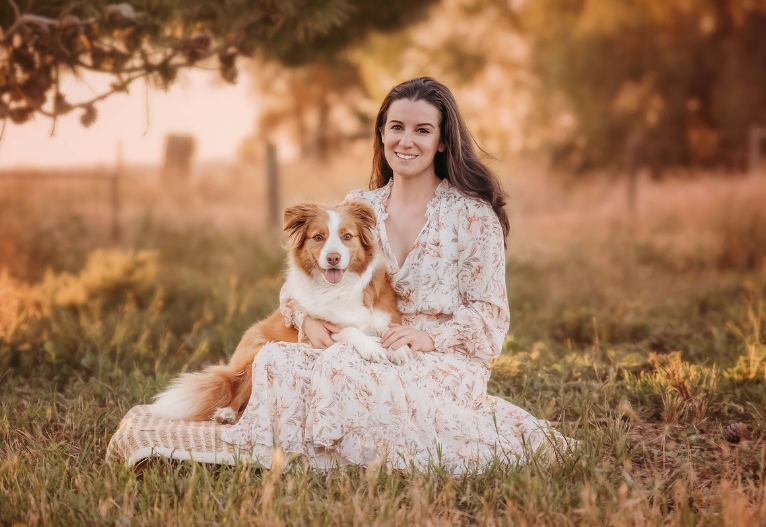
For those considering therapy pet work, know that the benefits go far beyond what you imagine. It’s not just about the people you visit, it’s about the incredible bond you create with your pet and the meaningful experiences you create together.
Top image: Canva/stock
Have you ever had the pleasure of a visit from a therapy animal? We’d love to hear about it below.



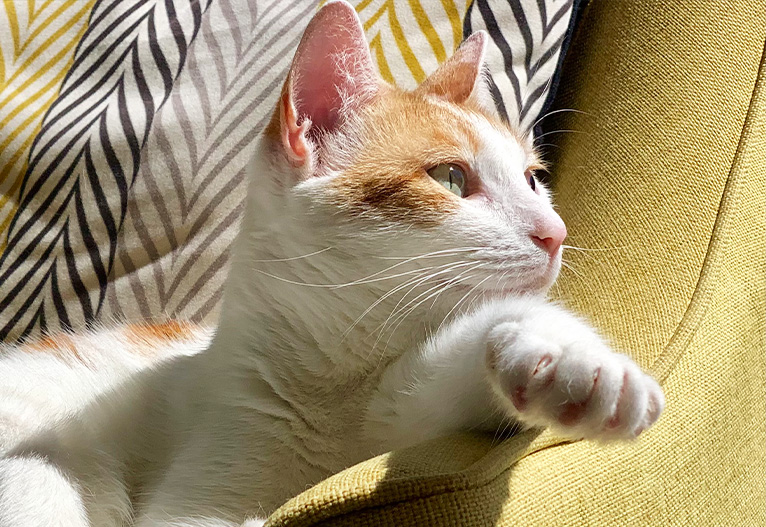
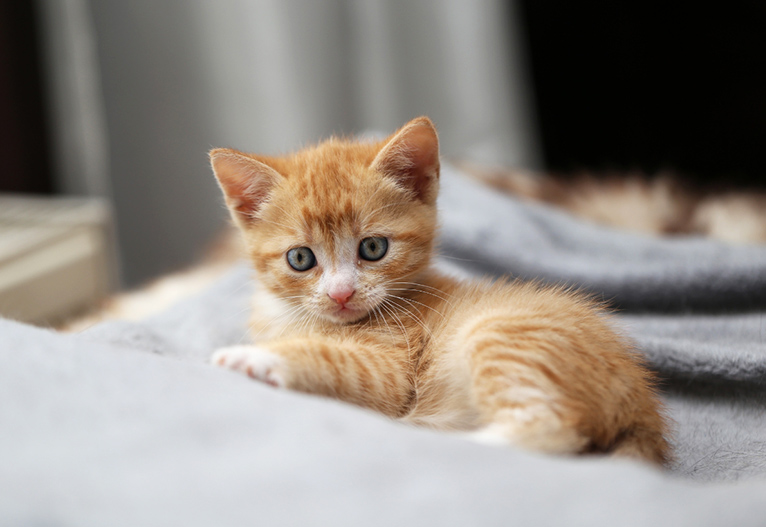



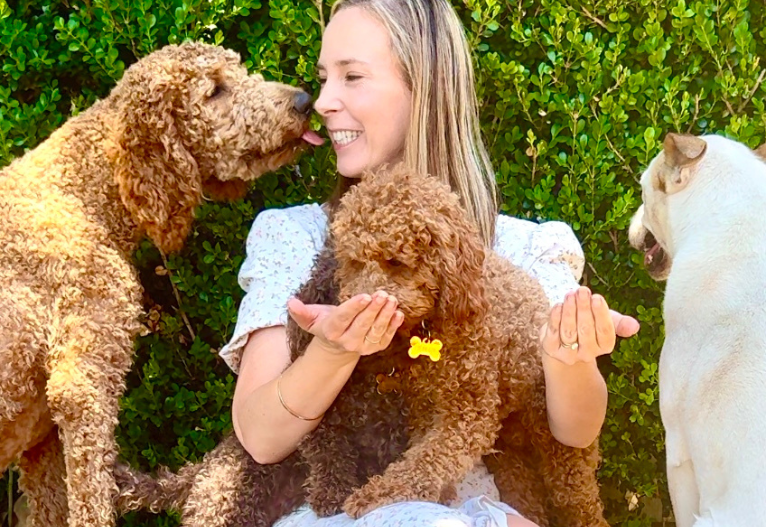




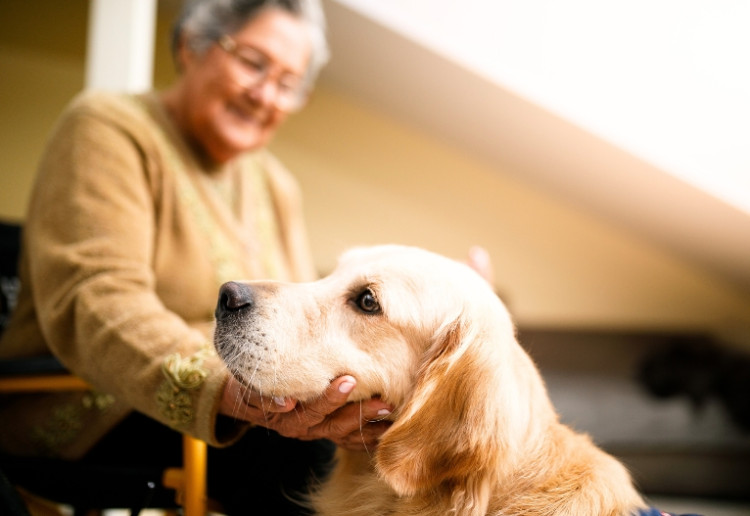
-

-
-
NewfieMum, QLD
- 16 Aug 2025
👍
0 Likes
-

-
-
Myfurrloves, NSW
- 03 Jul 2025
👍
0 Likes
-

-
-
BH516443, QLD
- 23 May 2025
👍
0 Likes
-
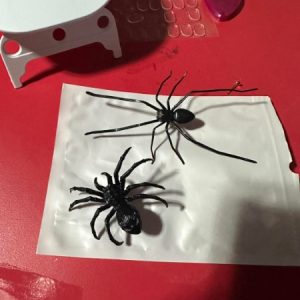
-
-
BH516536, TAS
- 23 May 2025
👍
0 Likes
-

-
-
BH516443, QLD
- 21 May 2025
👍
0 Likes
-

-
-
BH516389, WA
- 19 May 2025
👍
0 Likes
-

-
-
BH516386, QLD
- 13 May 2025
👍
0 Likes
Post a commentTo post a review/comment please join us or login so we can allocate your points.